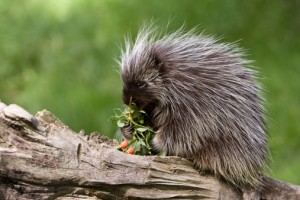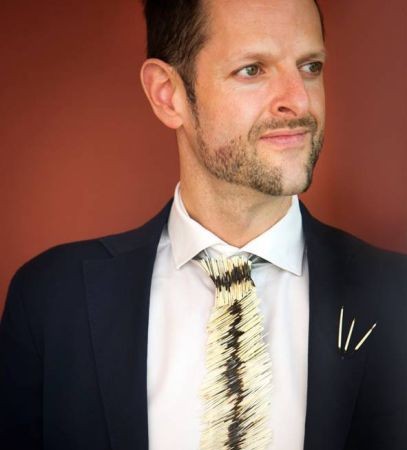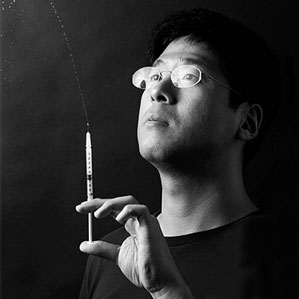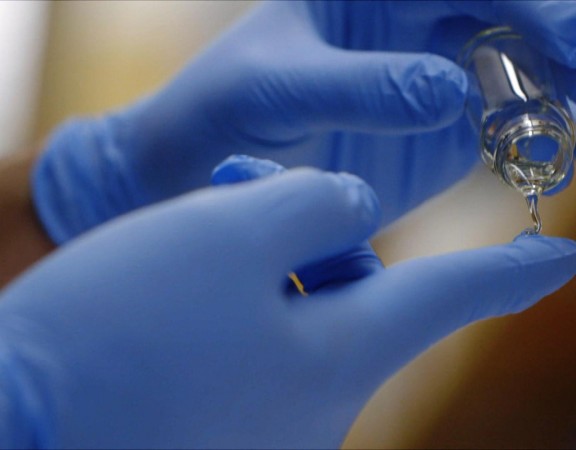BWH – Prickly Porcupine: Medicine’s Next Top Model?
Inside Science TV – Ouch-Free Medical Tape
February 28, 2013
Prof Karp Live on CCTV! [Panel on the Ethics of New Stem Cell Cloning Method]
May 23, 2013BWH – Prickly Porcupine: Medicine’s Next Top Model?
Source: Brigham and Women’s Hospital HealthHub
 The North American porcupine is easily recognizable due to its impressive coat of long, sharp quills. These unique projections are designed so that they can easily penetrate animal flesh, but are extremely difficult to remove. While this may be bad news for a predator or a curious pet, this natural mechanism is a boon for a curious medical researcher trying to develop a better medical device.
The North American porcupine is easily recognizable due to its impressive coat of long, sharp quills. These unique projections are designed so that they can easily penetrate animal flesh, but are extremely difficult to remove. While this may be bad news for a predator or a curious pet, this natural mechanism is a boon for a curious medical researcher trying to develop a better medical device.
A research team led by Jeffrey Karp, PhD,Brigham and Women’s Hospital (BWH) Division of Biomedical Engineering, Department of Medicine, collaborating with Massachusetts Institute of Technology’s (MIT) Robert Langer, PhD, have figured out the secret to the porcupine quill’s easy-in, not-so-easy-out design and demonstrated how that design could be applied to developing a better medical needle or adhesive patch.
The researchers worked with natural porcupine quills and molded polyurethane quills (mimicking the structure of natural quills) to help them understand the forces involved. They discovered that a quill’s geometry, particularly its sleek backward facing barbs, is instrumental in its ability to easily penetrate tissue and subsequently prevent easy extraction.
The barbs appear to act like serrated blades on the way in, localizing force at the tips of the barbs to make it easy to slice through tissue. On the way back out, however, the barbs act like hooks that snag the flesh.
“We were most surprised to find that the barbs on quills serve a dual function,” says Karp. “Namely, the barbs reduce the penetration force for easy insertion into tissue and maximize the holding force to make the quills incredibly difficult to remove.”
And the concentration of barbs toward the tip also appears to play a role. “By carefully removing the barbs from the quill, we discovered that, in addition to their physical features, the location of barbs on the quill played a major role in minimizing penetration forces and maximizing the work needed to yank them from the tissue,” explains Woo Kyung Cho, PhD, BWH Division of Biomedical Engineering, Department of Medicine, study first author.
Such contrary forces would work well for a medical needle, enabling it to penetrate human skin easily (causing less trauma) and helping to ensure that the needle stays in place and doesn’t buckle. Similarly, a patch with a proliferation of tiny porcupine-like barbs on its lower surface could easily attach to the skin and stay there without the aid of sticky chemical adhesives.
“We developed plastic replicas that remarkably mimicked the reduced penetration force and increased pullout,” says Dr. Karp. “This should be useful to develop next-generation medical adhesives and potentially design needles with reduced pain.”
Karp’s team has already made significant progress in the next step of the design process, which is to find a way to loosen the barbs’ hold. One approach has been the development of a biodegradable substance that stays strong for a period of time, but then breaks down gradually and eventually makes it easy to remove the needle or patch. They’re also working with a substance that swells, thereby dulling the sharpness of the barbs and loosening their grip.
Karp’s team expects that it won’t be long before their synthetic quill lab work is adapted for use in a clinical setting – and then they’ll get back to exploring nature for the next way to improve patient care.
- Karp’s lab: The Laboratory for Advanced Biomaterials and Stem-Cell Based Therapeutics
- The study: “Microstructured barbs on the North American porcupine quill enable easy tissue penetration and difficult removal.”
- More nature-inspired research: “Capturing Cancer Like a Jellyfish”, “Lizard Inspires “Ouchless” Medical Tape”
– Chris P




1 Comment
… [Trackback]
[…] Read More here: karplab.net/featured/bwh-prickly-porcupine-medicines-next-top-model.html […]